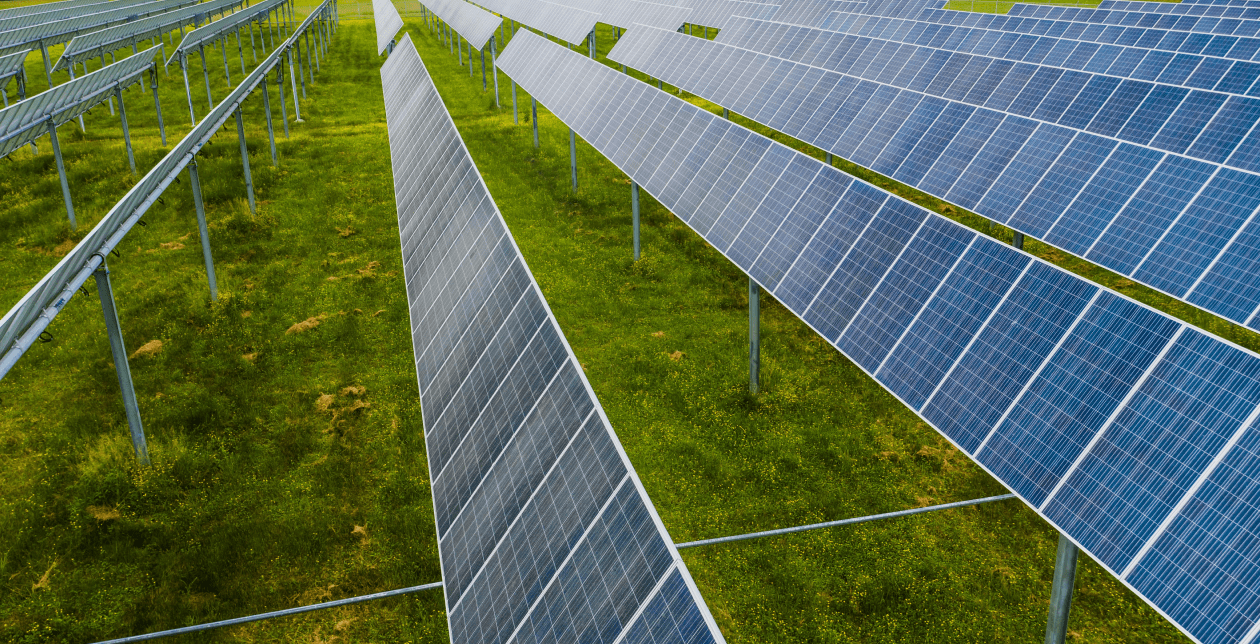
The future of solar energy: powering a sustainable world
As the global community becomes increasingly aware of the pressing need to address climate change and reduce reliance on finite fossil fuels, solar energy has emerged as a vital component of a sustainable energy future. The ability to harness the power of the sun, a clean and virtually limitless energy source, positions solar energy as a leading solution in the quest for renewable energy. The adoption of solar power is rapidly increasing, driven by advancements in technology, declining costs, and growing environmental consciousness. In this blog, we will delve into the current landscape of solar energy, its numerous advantages, the challenges it faces, and the innovations propelling its continued growth.
What is solar energy?
Solar energy refers to the process of capturing sunlight and converting it into usable energy, whether as electricity or heat. The most prevalent technology for this purpose is photovoltaic (PV) panels, which directly convert sunlight into electricity. Another significant method is concentrating solar power (CSP), which uses mirrors or lenses to focus sunlight onto a small area, generating heat that is then used to produce electricity. Both of these technologies are pivotal in harnessing the sun's energy, each with its own unique applications and benefits.
There are mainly two types of solar energy systems, PV and CSP. Photovoltaic (PV) systems are the most widely adopted form of solar energy technology. These systems use panels composed of semiconductor materials, typically silicon, to absorb sunlight and convert it into direct current (DC) electricity. This electricity is then transformed into alternating current (AC) through an inverter, making it compatible with household appliances and the electrical grid. Concentrating solar power (CSP) systems differ from PV systems in that they concentrate sunlight using mirrors or lenses to generate heat. This heat is used to produce steam, which drives a turbine connected to an electricity generator. CSP is often used in large-scale power plants and is particularly effective in regions with high direct sunlight.
Advantages of solar energy
Solar energy offers a multitude of benefits that make it an attractive alternative to traditional fossil fuels. Its environmental, economic, and social advantages are driving its adoption worldwide, positioning it as a key player in the transition to a more sustainable energy system.
It has environmental benefits:
- Clean and renewable: One of the most significant advantages of solar energy is its status as a clean, renewable resource. Unlike fossil fuels, which release harmful greenhouse gases into the atmosphere when burned, solar energy production generates no emissions. This makes it an essential tool in combating climate change and reducing air pollution.
- Reduces air and water pollution: Traditional power plants, especially those powered by coal, oil, or natural gas, release pollutants that can contaminate air and water. Solar energy systems, on the other hand, produce electricity without releasing these harmful substances, contributing to cleaner air and safer water supplies.
- Decreases dependence on fossil fuels: By providing a renewable source of energy, solar power reduces the need for fossil fuels, which are finite resources. This decreased reliance on fossil fuels also helps to mitigate the economic and geopolitical risks associated with energy supply disruptions.
It also has economic benefits:
- Cost savings: Although the upfront cost of installing solar energy systems can be significant, the long-term savings are substantial. Once installed, solar panels generate electricity at no ongoing fuel cost, leading to lower electricity bills. Additionally, many governments offer tax incentives, rebates, and subsidies to encourage the adoption of solar energy, further reducing the financial burden on consumers.
- Job creation: The solar energy industry is one of the fastest-growing sectors globally, creating jobs across various fields, including manufacturing, installation, maintenance, and research and development. As the demand for solar energy increases, so does the need for skilled workers, making it a crucial driver of economic growth and employment.
- Energy independence: Solar energy enables individuals and businesses to generate their own electricity, reducing their dependence on the grid. This not only provides protection against rising energy costs but also enhances resilience during power outages or energy supply disruptions.
Challenges facing solar energy
While the advantages of solar energy are clear, several challenges must be addressed to fully realize its potential. These challenges include issues related to intermittency, energy storage, high initial costs, and the durability of solar panels.
- Dependence on sunlight: Solar energy production is directly tied to the availability of sunlight, making it less reliable in certain conditions. For instance, during cloudy days, at night, or in regions with lower sunlight, solar panels produce less electricity. This intermittency can pose challenges for ensuring a consistent energy supply.
- Energy storage: One of the key challenges facing solar energy is the need to store the energy produced during the day for use at night or during periods of low sunlight. While battery technology has made significant strides in recent years, making energy storage more viable, it remains expensive and not yet widely adopted on a large scale. Developing more efficient and affordable energy storage solutions is crucial for the widespread adoption of solar energy.

Innovations driving solar energy forward
Despite these challenges, ongoing innovations in solar technology are helping to overcome obstacles and making solar energy more accessible, efficient, and cost-effective. These advancements are paving the way for a brighter future in solar energy.
Below are some advanced photovoltaic technologies:
- Bifacial solar panels: Traditional solar panels are designed to capture sunlight on one side. Bifacial solar panels, however, can absorb sunlight on both sides, increasing energy production without requiring additional space. This technology is particularly effective in areas with reflective surfaces, such as snow or water, where light can bounce back onto the panels' rear side.
- Perovskite solar cells: Perovskite solar cells are an emerging technology that promises higher efficiency and lower production costs compared to traditional silicon-based cells. These cells are made from a different type of semiconductor material and can be produced using less energy-intensive methods. While still in the experimental stage, perovskite cells have the potential to revolutionize the solar industry.
- Floating solar farms: By placing solar panels on bodies of water, floating solar farms offer several advantages. They reduce the land area required for solar installations, help to cool the panels (increasing efficiency), and can minimize water evaporation in reservoirs. Floating solar farms are particularly useful in regions where land is scarce or expensive.
Below are some energy storage solutions:
- Next-generation batteries: Advances in battery technology are crucial for improving the capacity, lifespan, and safety of energy storage systems. Solid-state batteries, which use a solid electrolyte instead of a liquid one, offer higher energy density and improved safety. Flow batteries, which store energy in liquid form, provide scalability and long-duration storage options. These next-generation batteries could significantly enhance the reliability and affordability of solar energy storage.
- Solar plus storage systems: These integrated systems combine solar panels with battery storage, allowing users to store excess energy generated during the day for use at night or during cloudy periods. Solar plus storage systems are becoming increasingly popular as they provide a more consistent and reliable energy supply, reducing the need for grid electricity.
Next, you will find some smart grids and IoT integration:
- Smart grids: Smart grids are advanced energy networks that use digital technology to monitor and manage electricity flows, improving efficiency and reliability. By integrating solar energy systems into smart grids, energy production and consumption can be optimized in real-time, reducing waste and enhancing grid stability.
- Internet of things (IoT): IoT technology enables solar energy systems to communicate with each other and with grid operators, providing real-time data on energy production, consumption, and storage. This allows for better management of energy resources, improving efficiency and reducing costs.
The future of solar energy
The future of solar energy is incredibly promising, with ongoing advancements in technology and increasing adoption worldwide. As costs continue to decline and innovations make solar energy more efficient and accessible, it is poised to play an even more significant role in the global energy landscape. Governments, businesses, and individuals are increasingly recognizing the value of investing in solar energy, not just for its environmental benefits, but also for the economic opportunities it offers.
Previously, we wrote a blog about how you can offset your household appliances with a 800 W plugin solar kit. Investing in an 800 W plugin solar kit is a practical and impactful way to reduce your electricity bills and take advantage of solar energyYou may want to check for more information.
Conclusion
Solar energy represents a critical pathway to a sustainable future. Its numerous environmental, economic, and social advantages make it a compelling alternative to traditional energy sources, despite the challenges it faces. As innovations continue to drive the industry forward, solar energy will undoubtedly become an even more integral part of our global energy system. Whether you are a homeowner looking to reduce your carbon footprint, a business aiming to cut energy costs, or a policymaker shaping the future of energy, solar power offers a promising solution.
At Robinsun, we focus mainly on residential solar kits and offer you all types of kits suitable for your home. If you're interested in learning more about how solar energy can benefit you, visit our website. Contact us via email, WhatsApp or call us directly to learn more about how we can help you achieve your energy goals.



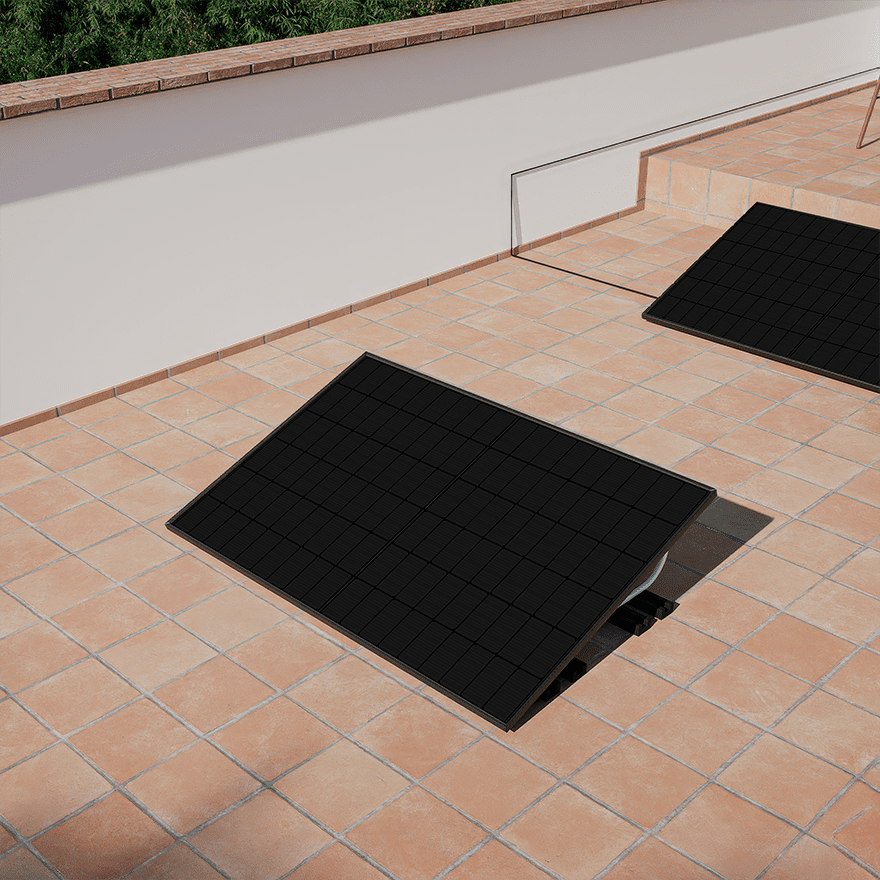



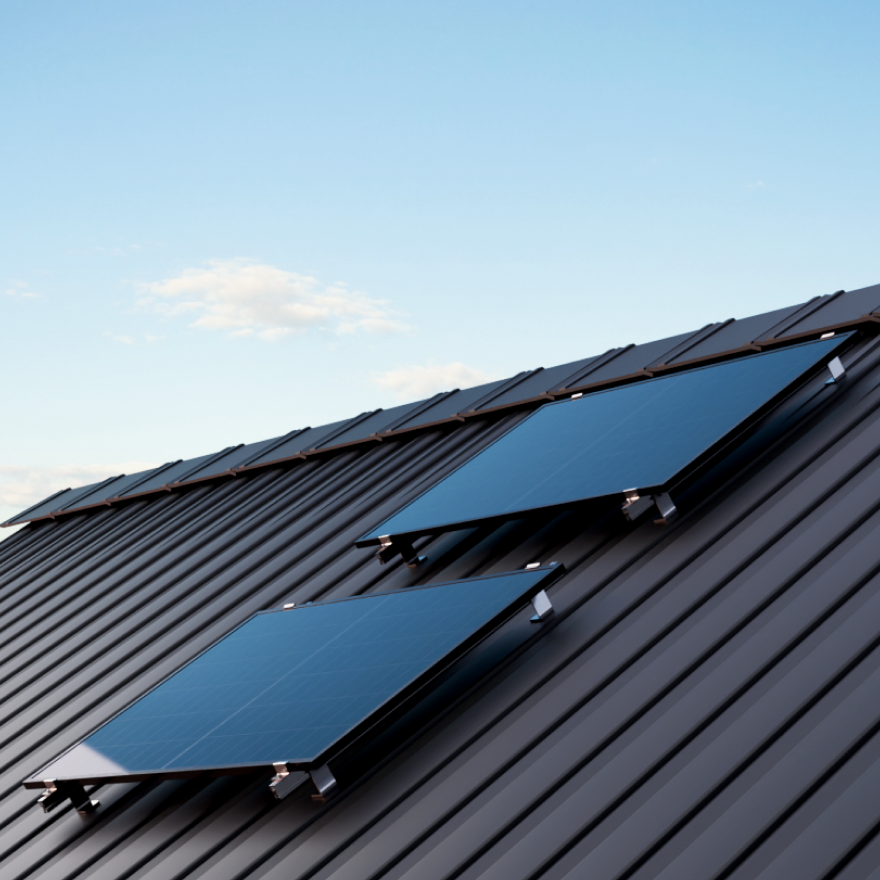
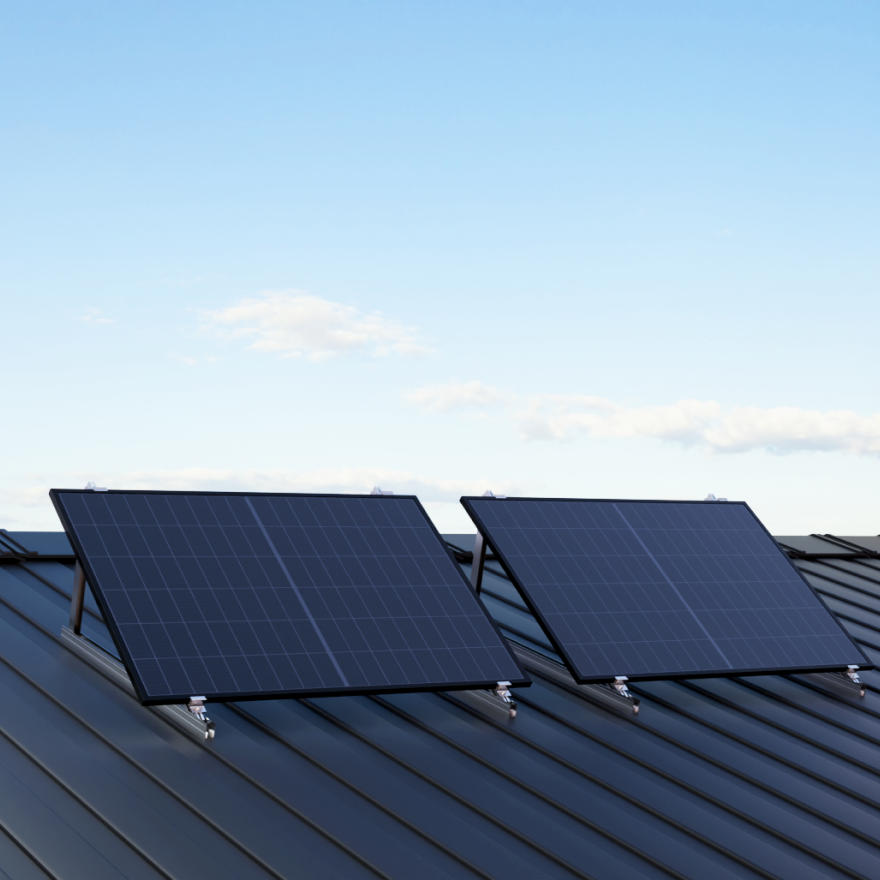

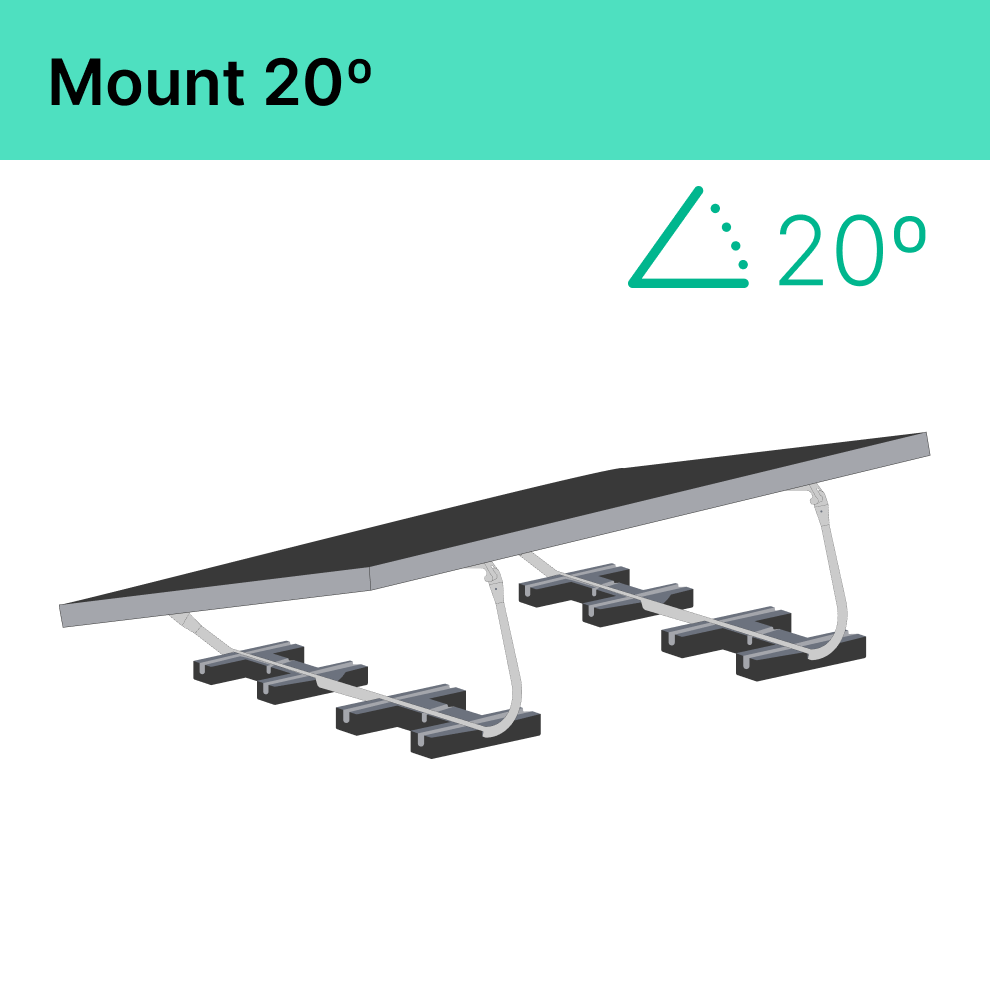

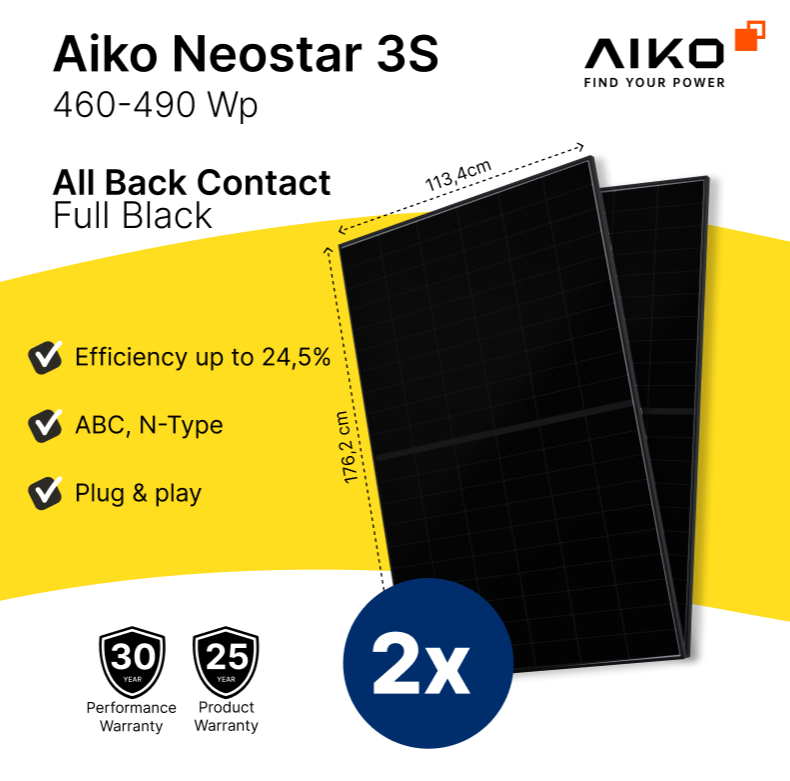


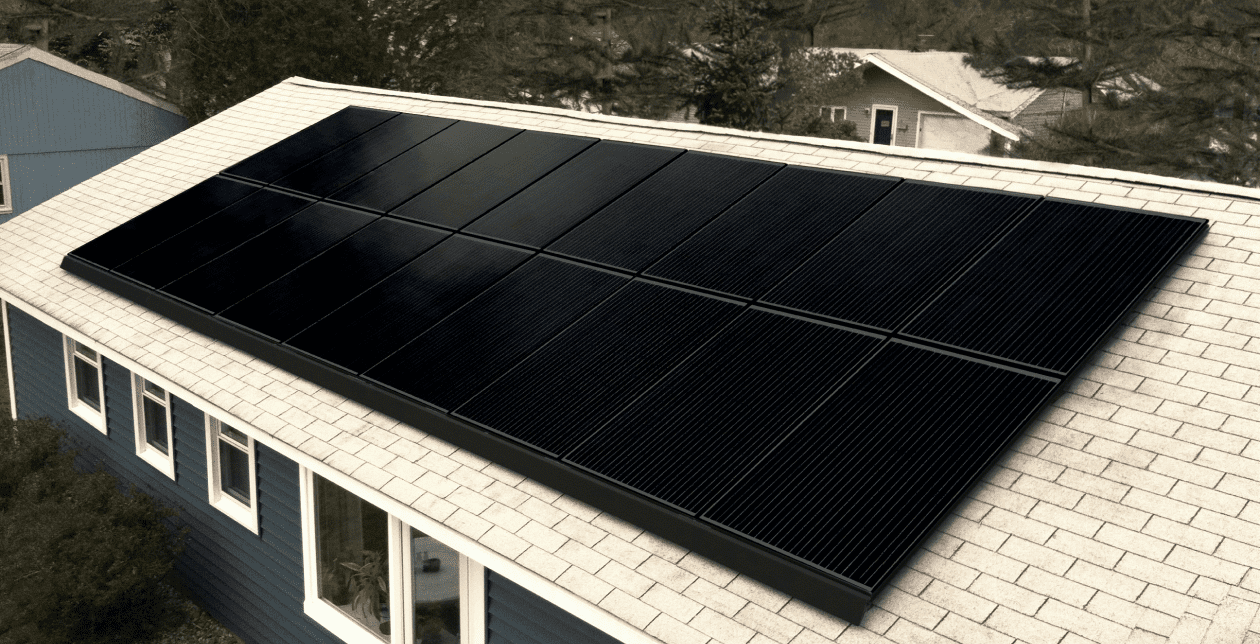

Commenta
Questo sito è protetto da hCaptcha e applica le Norme sulla privacy e i Termini di servizio di hCaptcha.